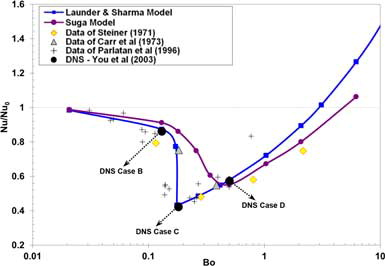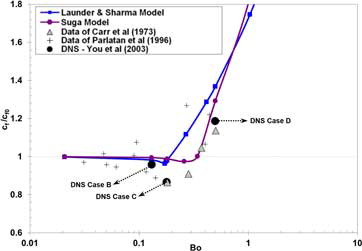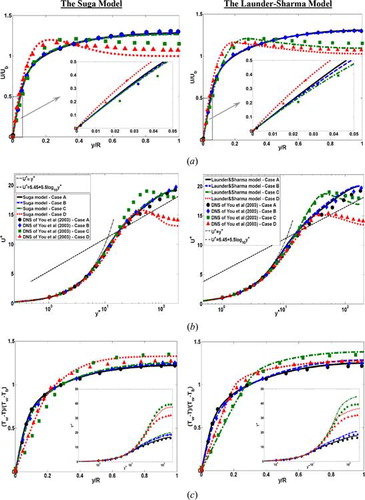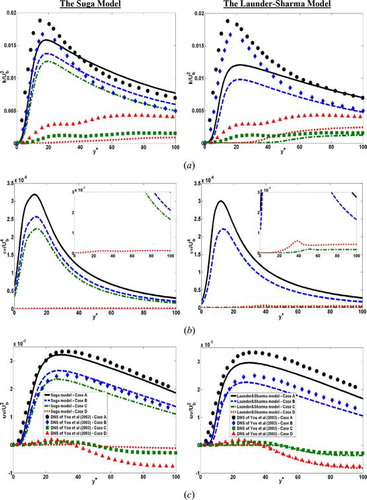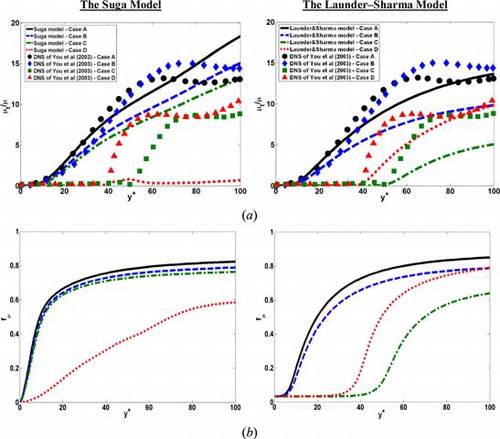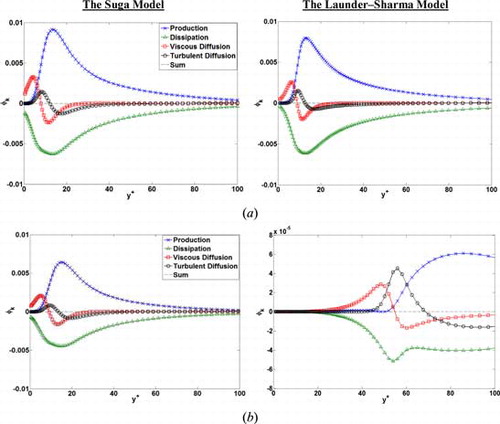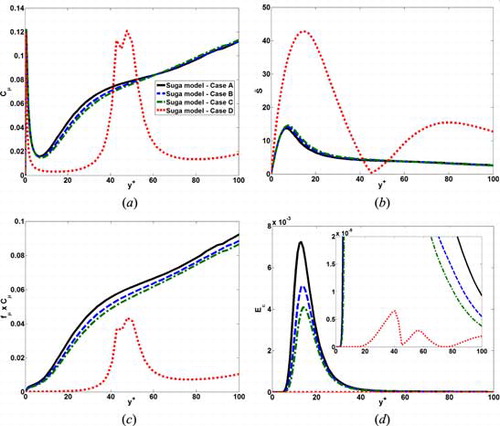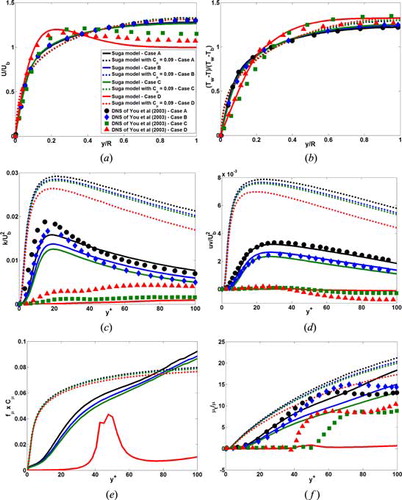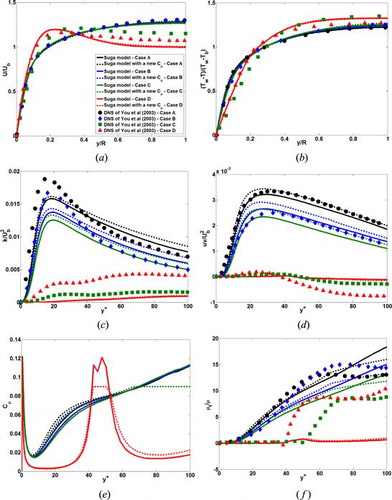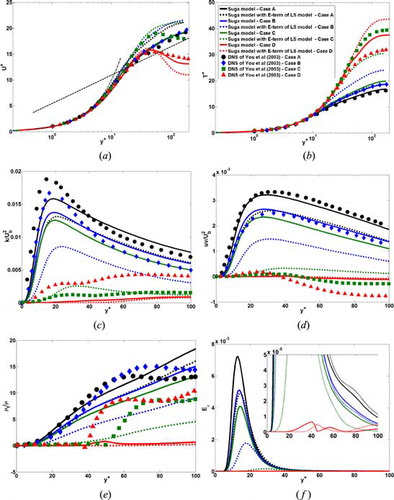Numerical Heat Transfer, Part A: Applications
An International Journal of Computation and Methodology
Volume 69, 2016 - Issue 2
Open access
1,098
Views
11
CrossRef citations to date
0
Altmetric
Original Articles
Assessment of a common nonlinear eddy-viscosity turbulence model in capturing laminarization in mixed convection flows
Amir KeshmiriSchool of Engineering, Manchester Metropolitan University, Manchester, UK;School of Mechanical, Aerospace and Civil Engineering (MACE), The University of Manchester, Manchester, UKCorrespondence[email protected]
, Alistair RevellSchool of Mechanical, Aerospace and Civil Engineering (MACE), The University of Manchester, Manchester, UK
& Hamidreza Gohari DarabkhaniInstitute for Energy and Resource Technology (IERT), School of Applied Sciences, Cranfield University, Cranfield, UK
Pages 146-165
|
Received 22 Dec 2014, Accepted 14 Jan 2015, Published online: 30 Nov 2015
Related research
People also read lists articles that other readers of this article have read.
Recommended articles lists articles that we recommend and is powered by our AI driven recommendation engine.
Cited by lists all citing articles based on Crossref citations.
Articles with the Crossref icon will open in a new tab.

